Article Summary: Analysis of Service Quality and Customer Loyalty
VerifiedAdded on 2023/06/09
|8
|1159
|447
Report
AI Summary
This report provides a comprehensive summary of four articles focusing on service quality and its impact on customer satisfaction and loyalty within the banking sector. The first article, by Sanjuq (2014), evaluates the influence of the SERVQUAL model on customer satisfaction in Saudi Arabia's banking industry, utilizing a quantitative approach and regression analysis. Sharma (2017) examines customer service in Indian banking institutions, emphasizing its significance for organizational success, using survey responses to assess satisfaction levels. Sindwani and Goel (2015) investigate the effect of technology-based self-service banking services on customer loyalty, highlighting personalization as a key factor, employing both exploratory and confirmatory factor analysis. Lastly, Wang (2017) explores consumer acceptance of self-service technologies, emphasizing the importance of both ability and willingness, using a cross-sectional field survey to analyze factors influencing consumer behavior at supermarkets. These articles collectively offer insights into various aspects of the banking sector, including service quality, customer satisfaction, technology adoption, and the factors influencing customer loyalty.
1 out of 8
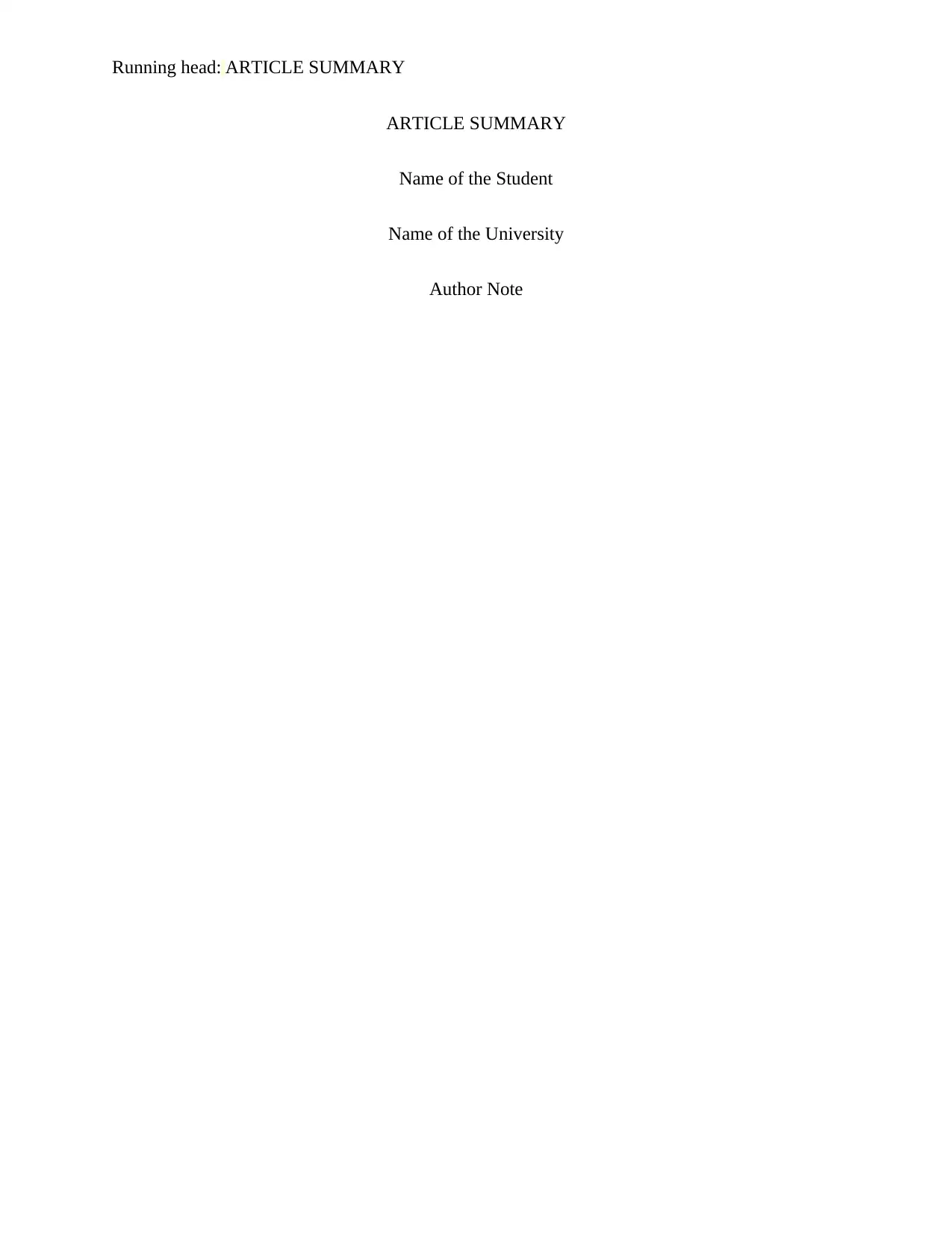
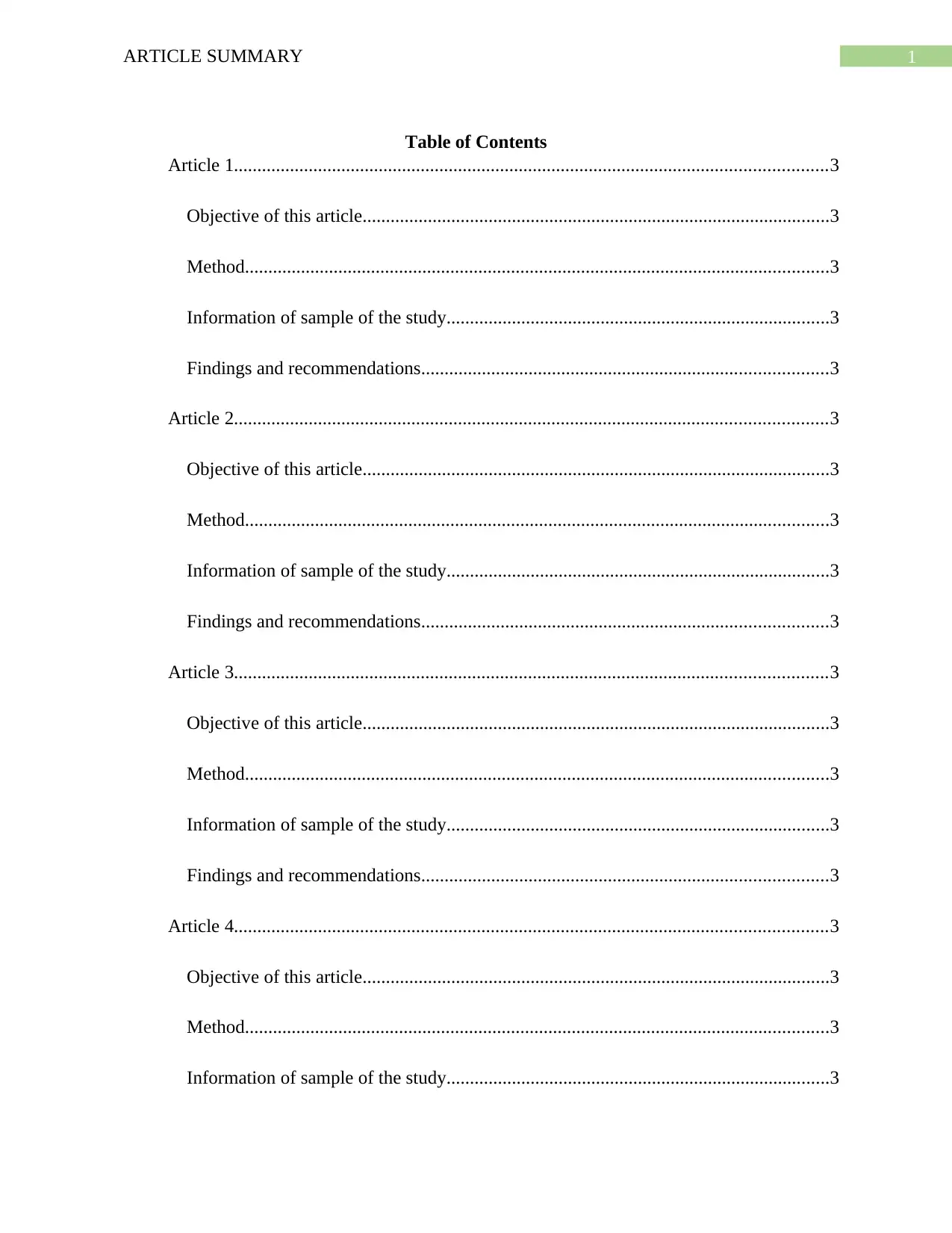

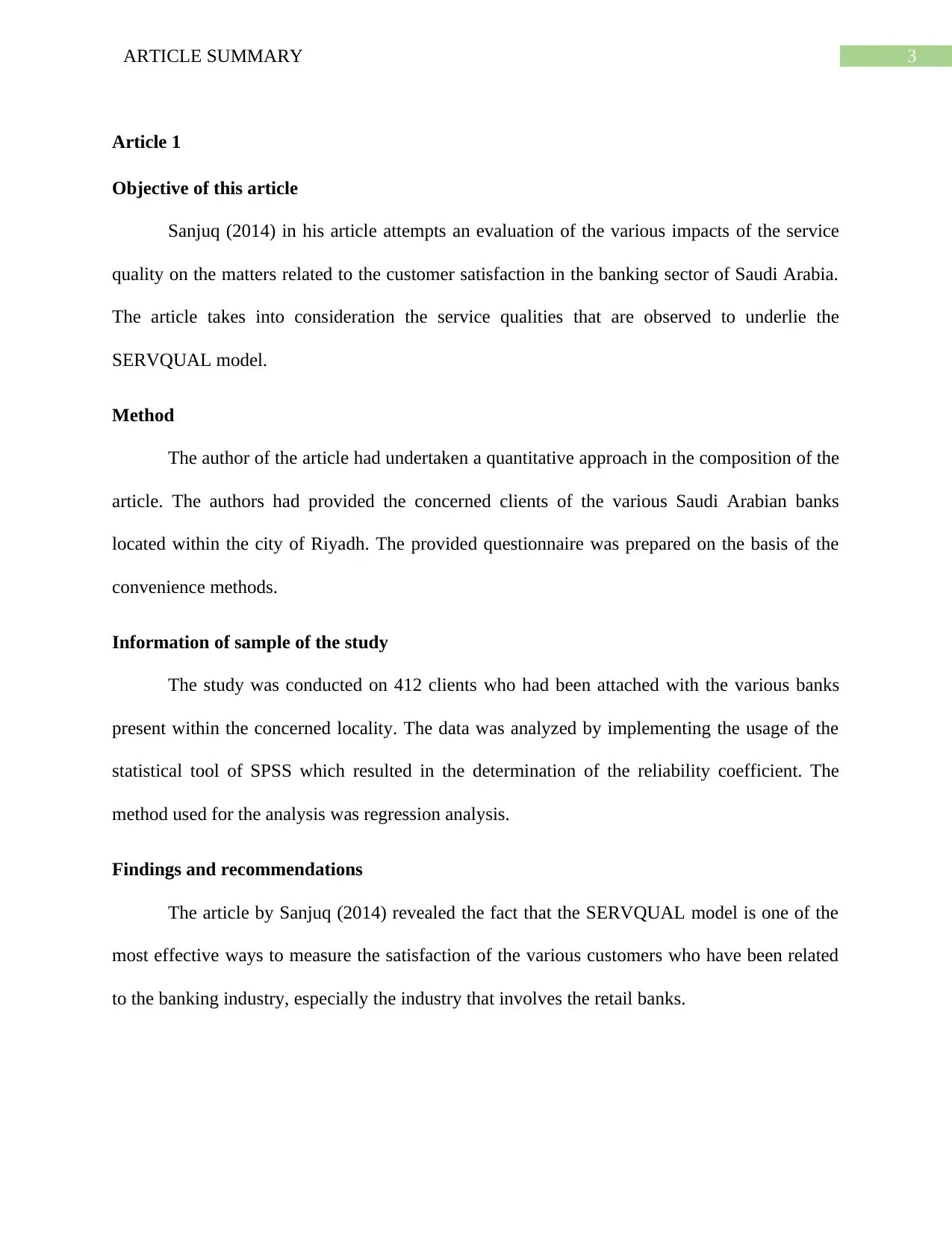
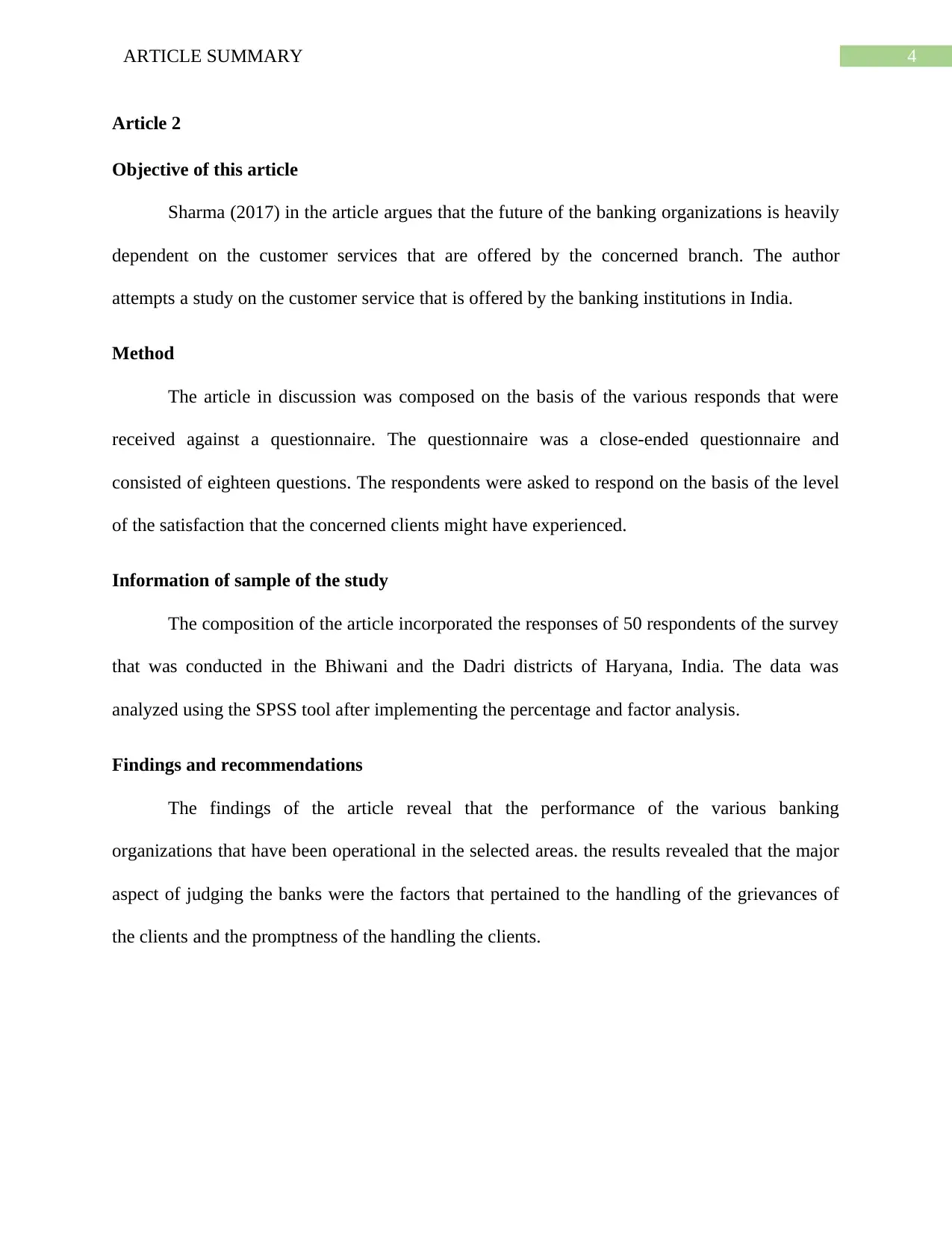
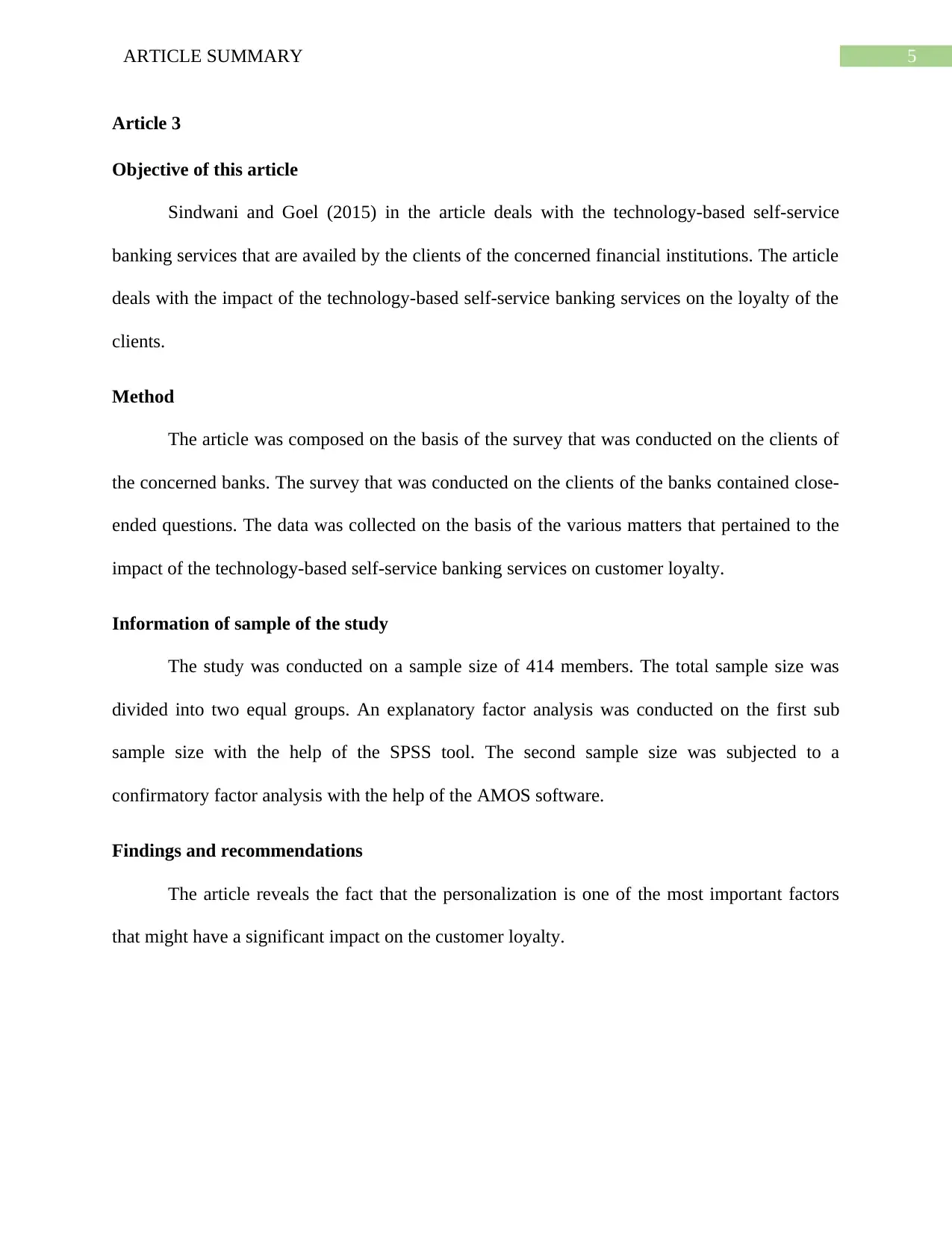
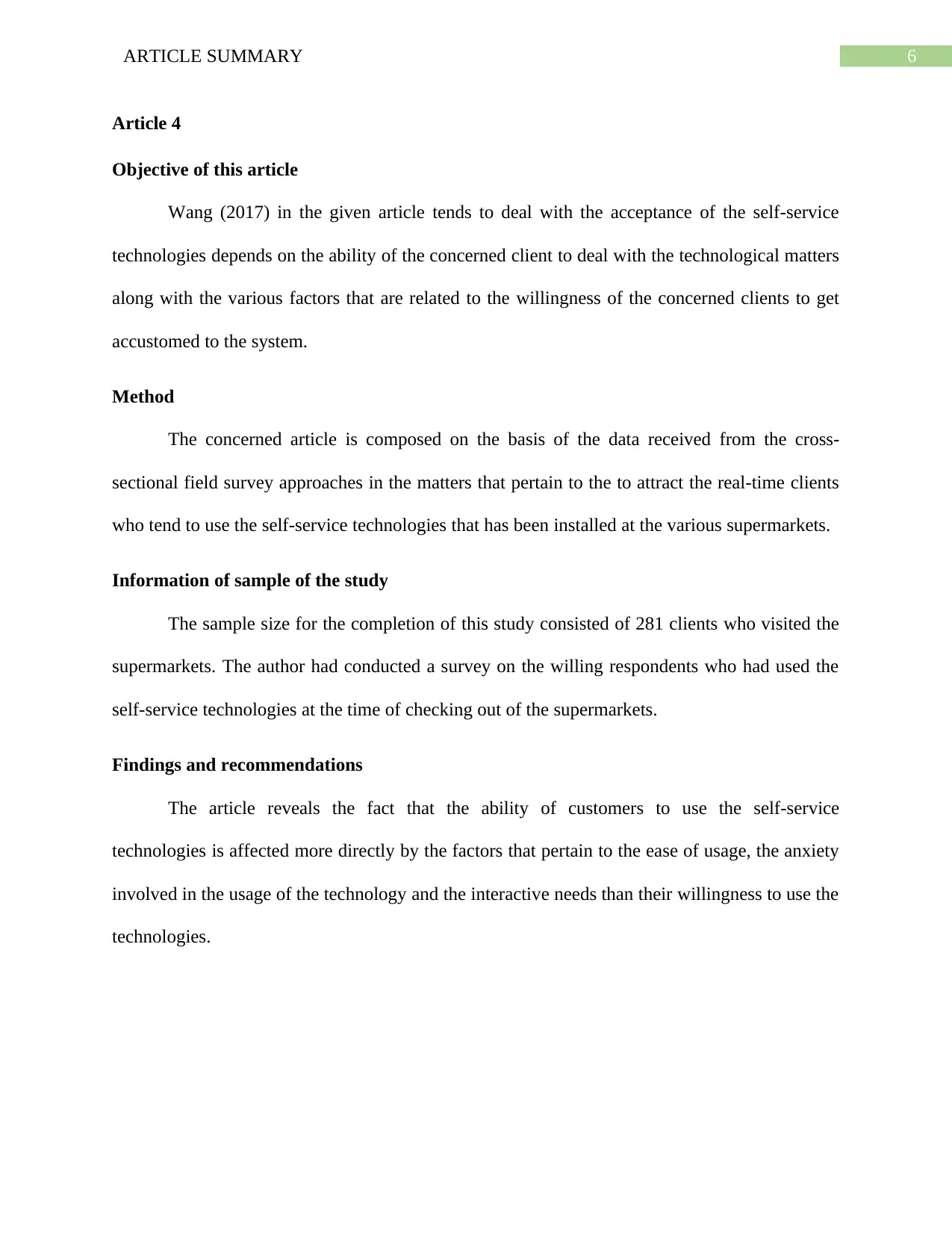
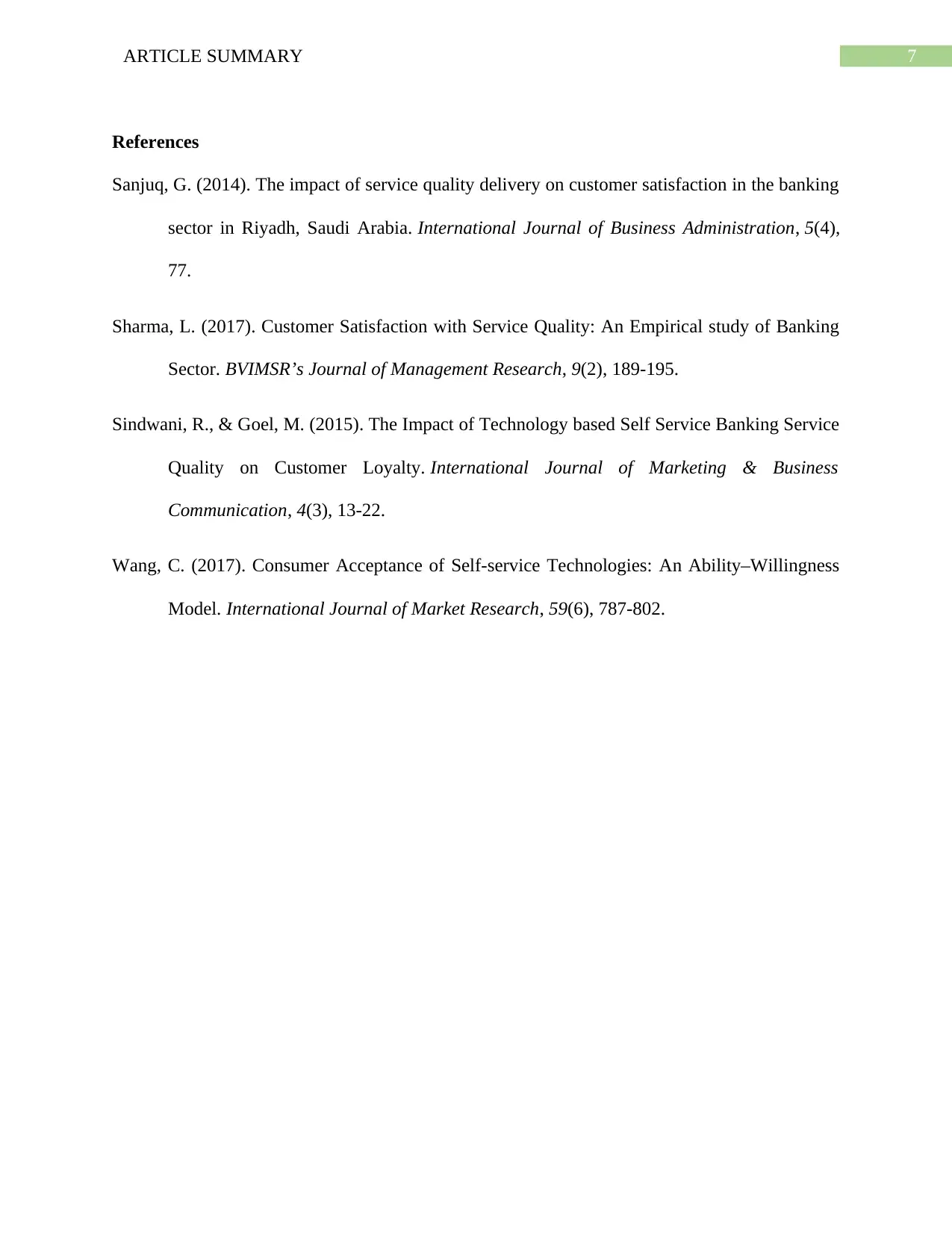





![[object Object]](/_next/static/media/star-bottom.7253800d.svg)